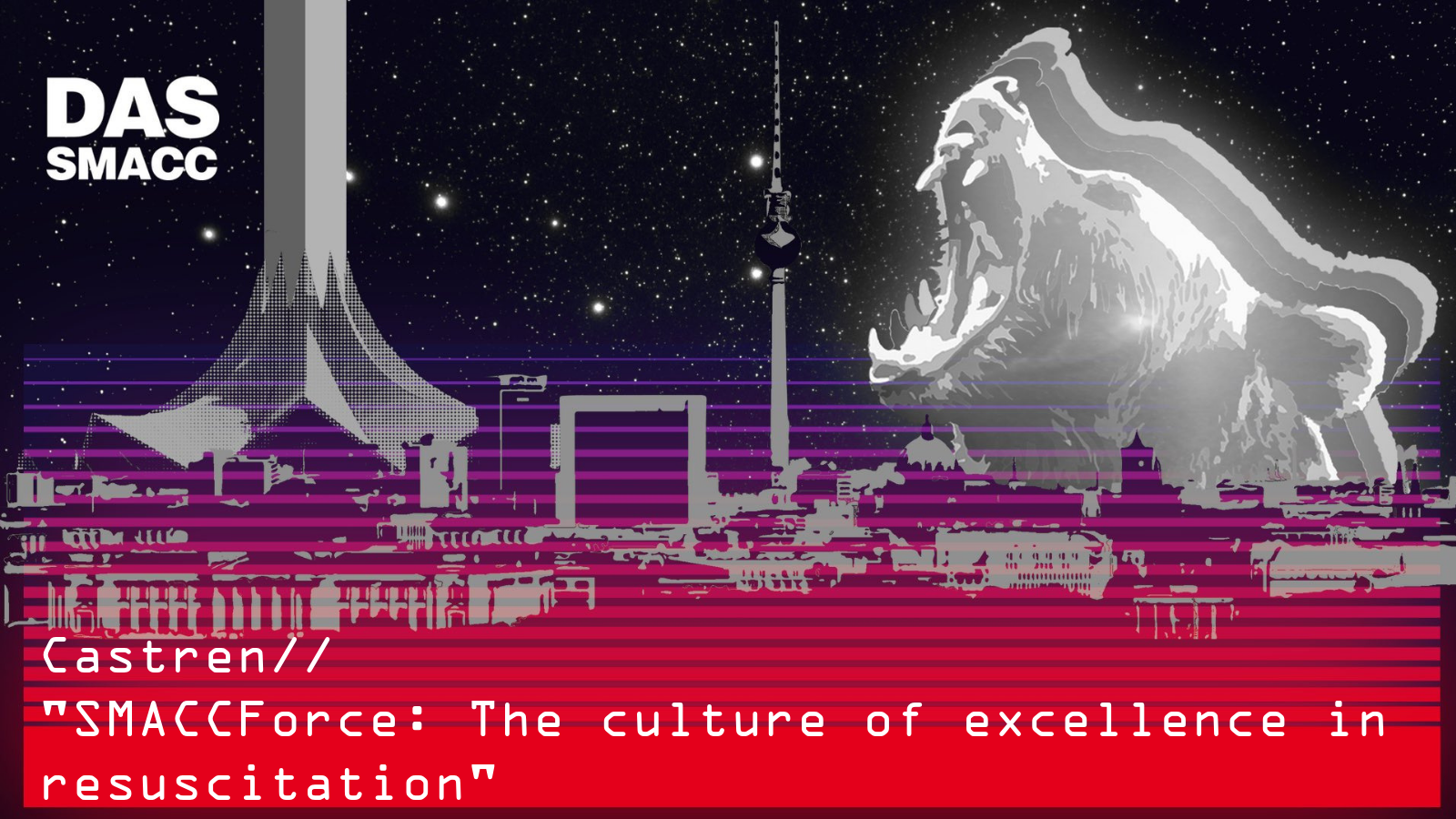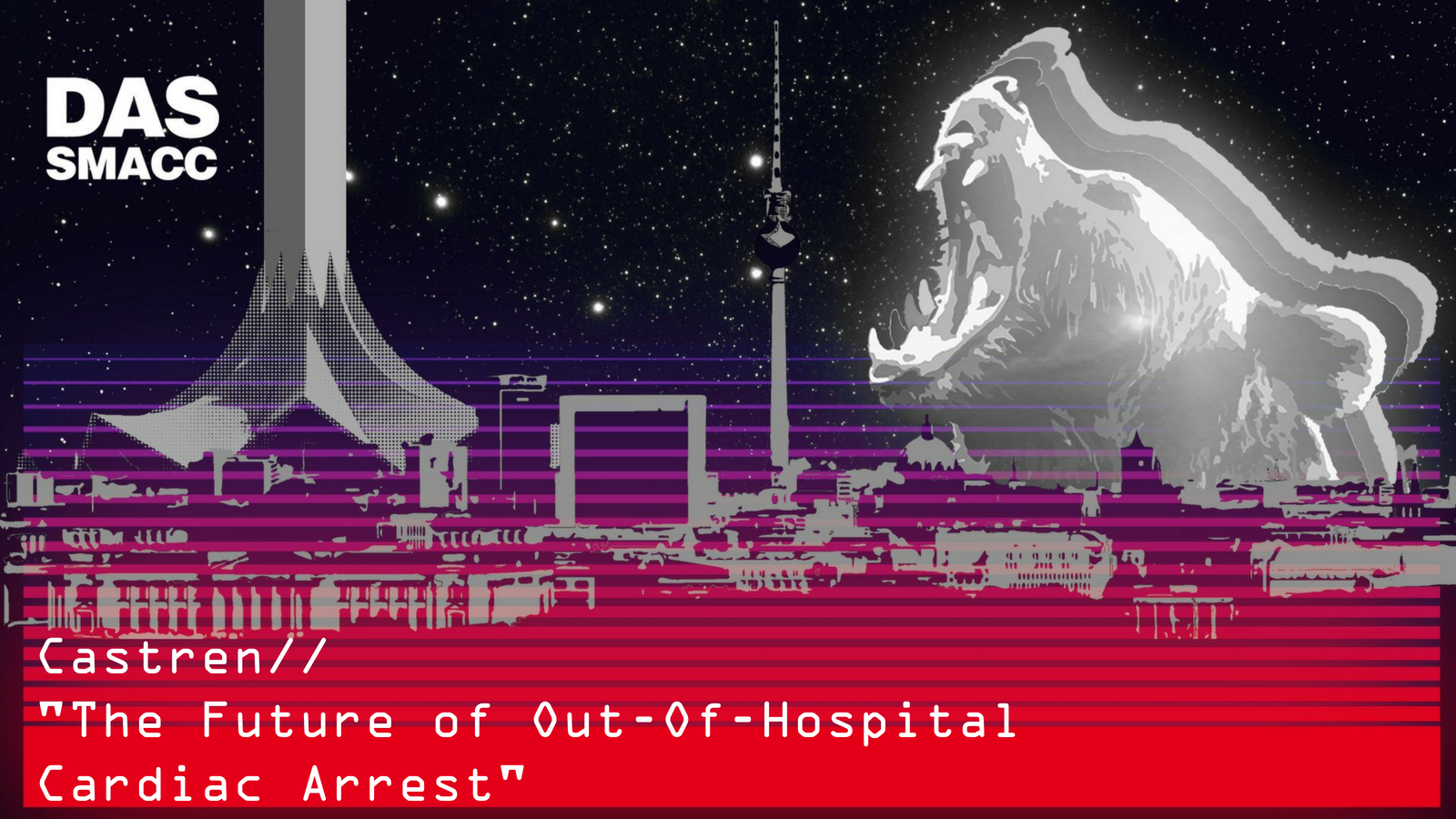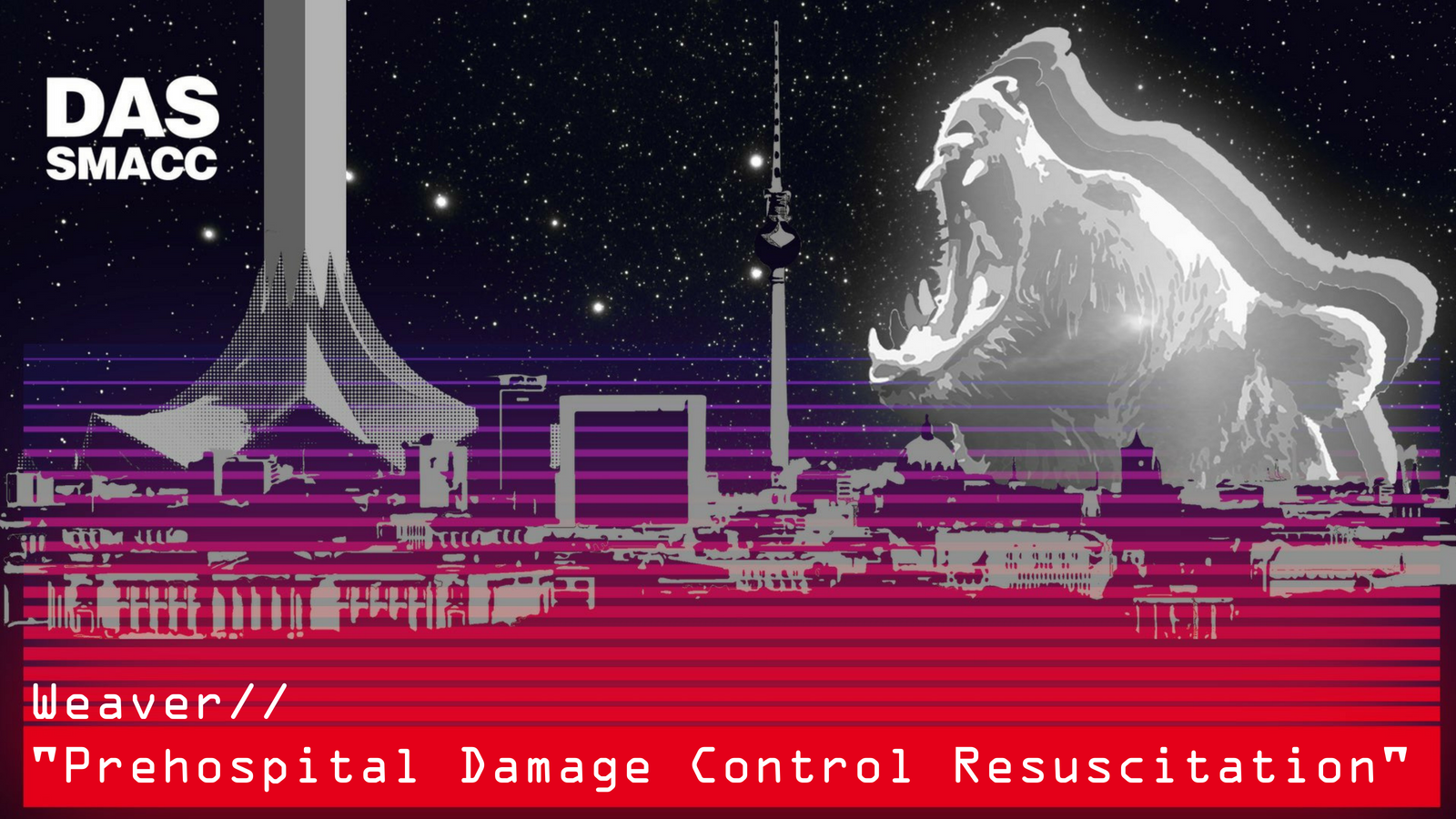The culture of excellence in resuscitation by Maaret Castren
A study showed that 15% of healthcare responders hesitated to start CPR because they thought that they would harm the patient.
21% didn’t want to start defibrillation because they thought that they were doing something bad. Hesitation means time. We are harming the patient by not starting sooner.
A culture of excellence in resuscitation relies on an excellent system, not excellent individuals. As individuals, we could have all of the training in the world but the reality is that all parts of the system need to function or we will sink.
Maaret Castren suggests that culture of excellence is a choice. We need to choose to be extraordinary and we need to commit to implementing systems that aspire for excellence.
Maaret inspires us to think outside of the box and to think about what we can do to be better. When you look around the world it is evident that there isn’t one single system that has actually achieved excellence.
We need to encourage our team not to settle. To avoid saying things like “this is the way that we’ve always done things.”
Local implementation is usually the weakest link in the chain. We have good science, we have highly educated people but we don’t implement optimal systems into our normal everyday lives. This is where we go wrong.
Leadership is key, even in scenarios where there are only two first responders performing a cardiac arrest.
Maaret outlines the three key elements of achieving a culture of excellence:
1. Leadership
2. Training
3. Quality improvement
All parts of the system need to be optimised, to allow for us to achieve greatness. From DAS SMACC, we hope that you enjoy this podcast and we hope that it inspires you to achieve a culture of excellence in your workplace.
For more like this, head to our podcast page. #CodaPodcast
Maaret Castren
Supervisor for doctoral programme, Doctoral Programme in Clinical Research, HUS Emergency Medicine and Services





